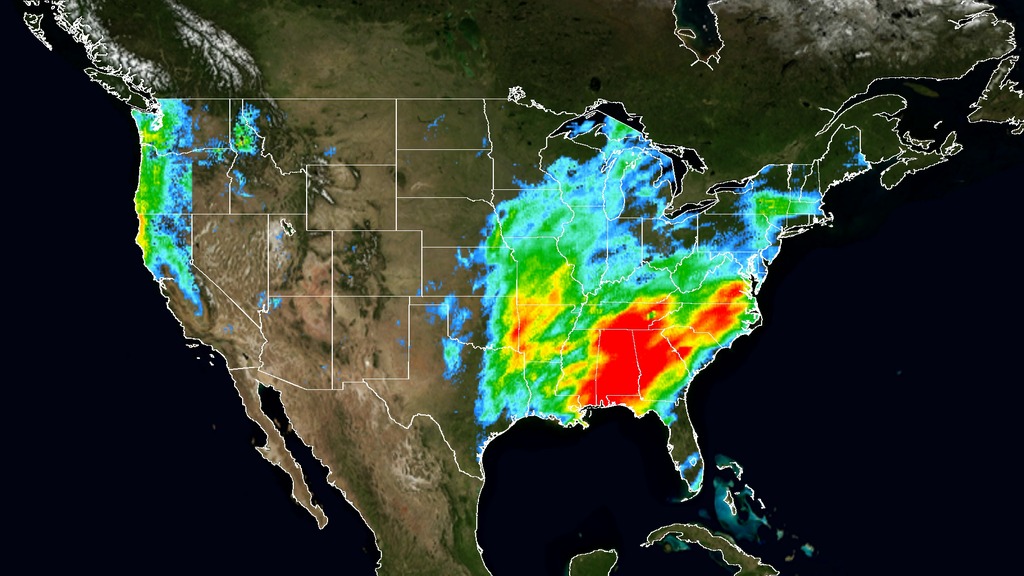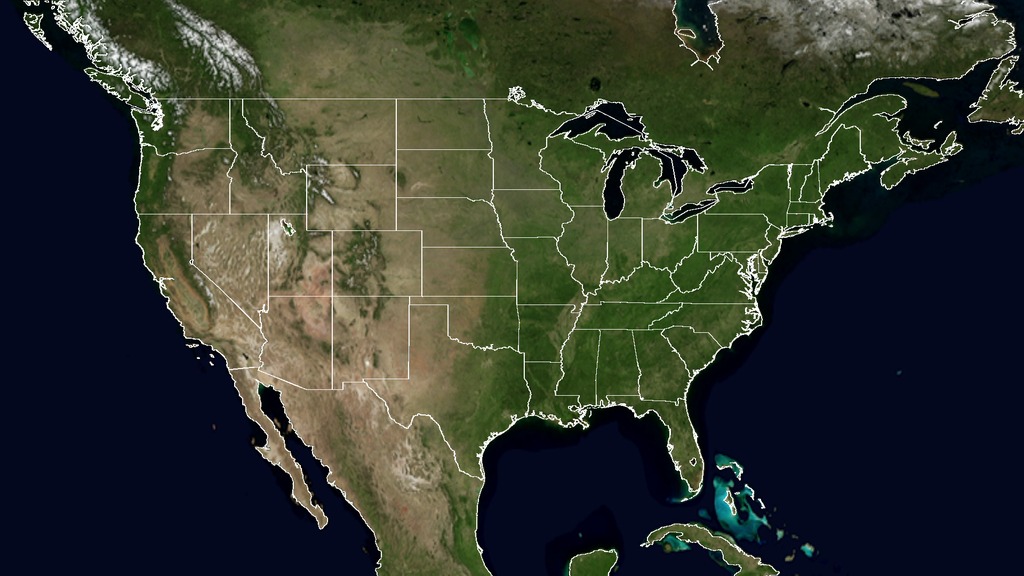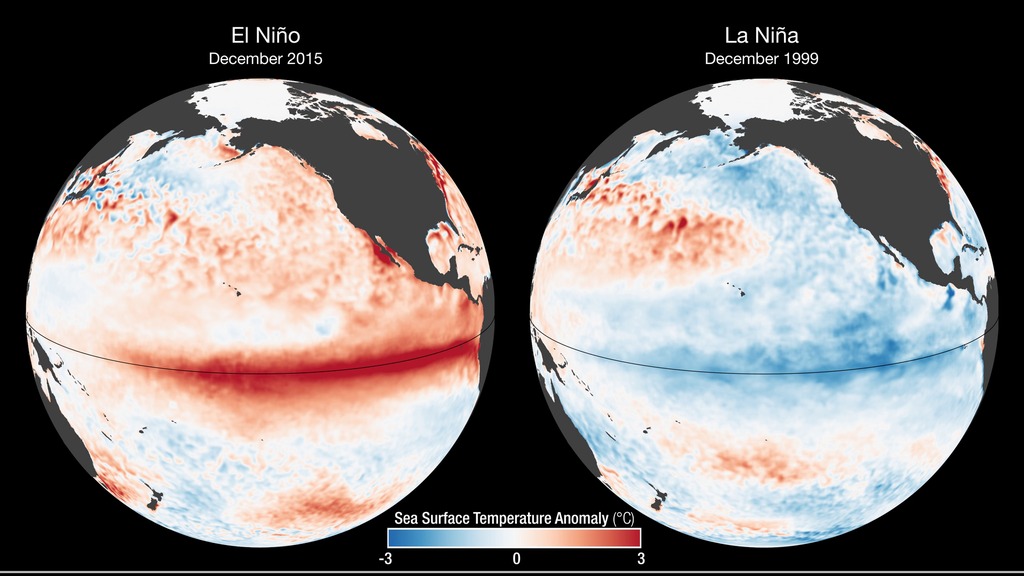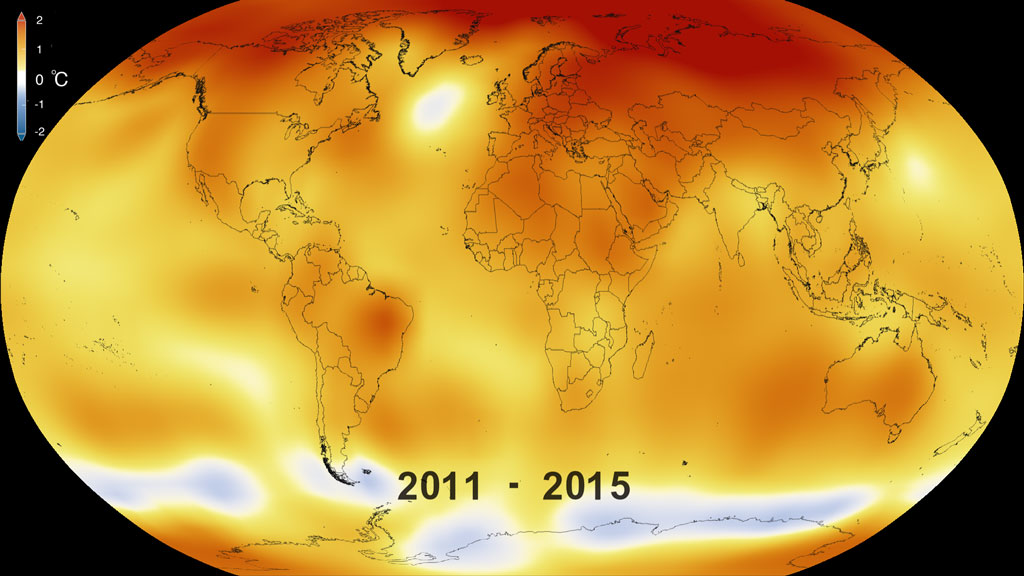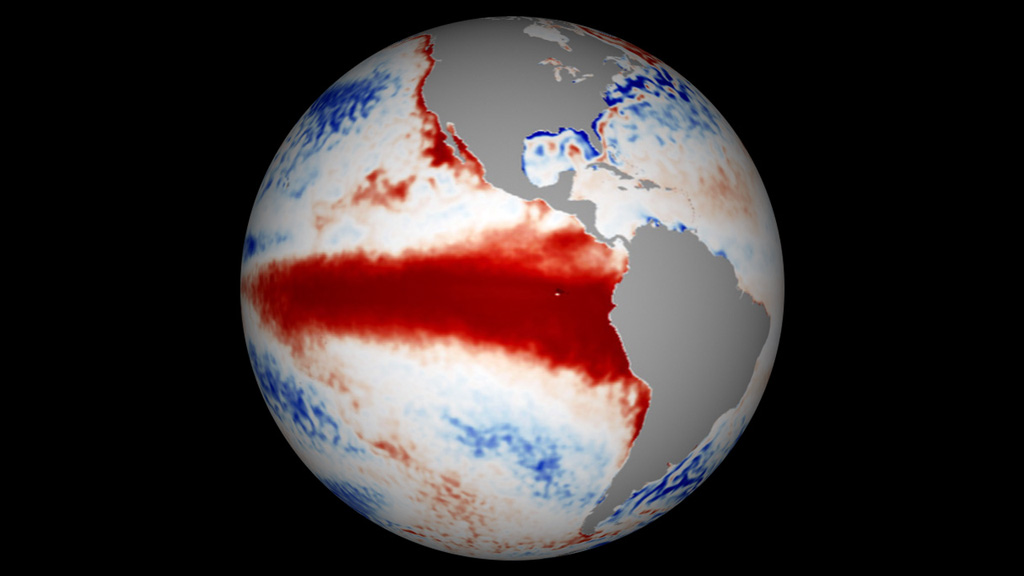"Tracking El Nino" Live Shots Resource Page
Interview with NASA Scientist George Huffman
El Niño’s fingerprints are already on this winter’s weather forecasts, influencing extreme weather events ranging from tornados to blizzards across the United States and globally. NASA has been following this El Niño since its development, showing its striking impacts from space.
NASA scientists discuss how NASA is studying this year’s El Niño, one of the strongest on record. NASA scientists will show your viewers how Earth’s land, ocean and atmosphere are responding to El Niño-driven changes.
Suggested Questions:
1. What can you tell us about this year’s El Niño?
2. What kind of environmental changes are we seeing from El Niño?
3. Will this year’s El Niño bring a relief to the droughts in California?
4. Could this year’s El Nino turn into a La Nina, and what would that mean for us?
5. Where can we learn more?
For more information click here.
El Niño Observations
@NASAEarth
@NASA_ES (en Español)
Interview with NASA Scientist Miguel Roman (in Spanish)
B-roll
B-Roll For Spanish
What can you tell us about this year’s El Niño?
What kind of environmental changes are we seeing from El Niño?
Will this year’s El Niño bring a relief to the droughts in California?
Could this year’s El Nino turn into a La Nina, and what would that mean for us?
Where can we learn more?
Where can we learn more? (with Spanish Twitter handle)
Side by side comparason 1998 and 2015
Global Precipitation Measurement mission animation
2015 warmest year on record. GISS temperature
For More Information
See the following sources:
Credits
Please give credit for this item to:
NASA's Goddard Space Flight Center
-
Producers
- Michelle Handleman (USRA)
- Claire Saravia (NASA/GSFC)
- Jenny Hottle (NASA/GSFC)
- Kayvon Sharghi (USRA)
- Clare Skelly (NASA/GSFC)
-
Editors
- Michael Randazzo (Advocates in Manpower Management, Inc.)
- Stuart A. Snodgrass (HTSI)
-
Scientists
- Lesley Ott (NASA/GSFC)
- George Huffman (NASA/GSFC)
- Miguel Román (NASA/GSFC)
Missions
This page is related to the following missions:Release date
This page was originally published on Tuesday, February 23, 2016.
This page was last updated on Wednesday, May 3, 2023 at 1:48 PM EDT.

